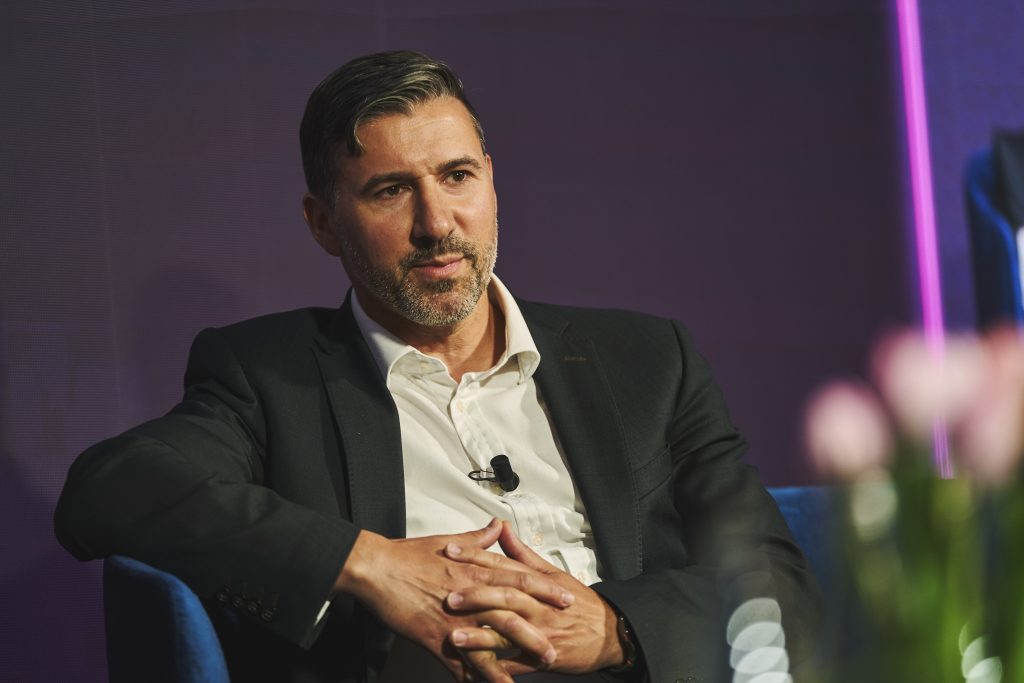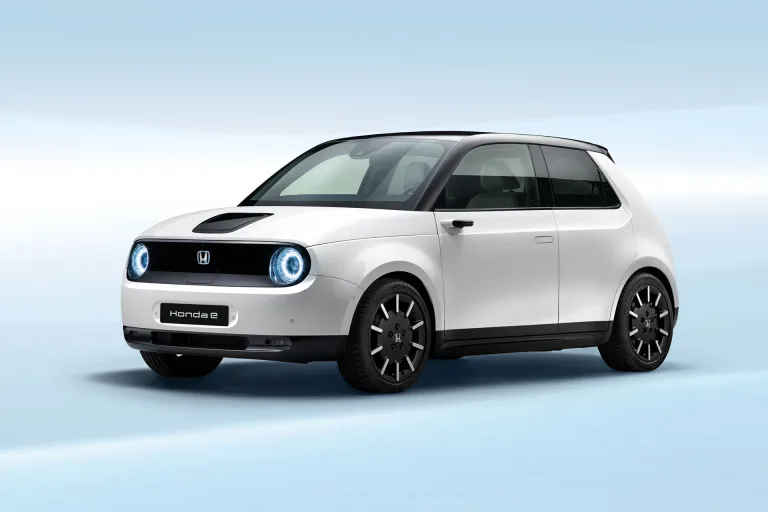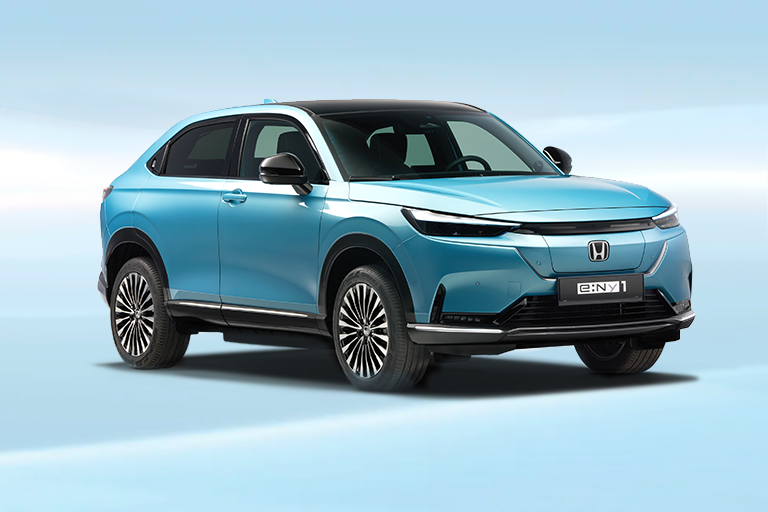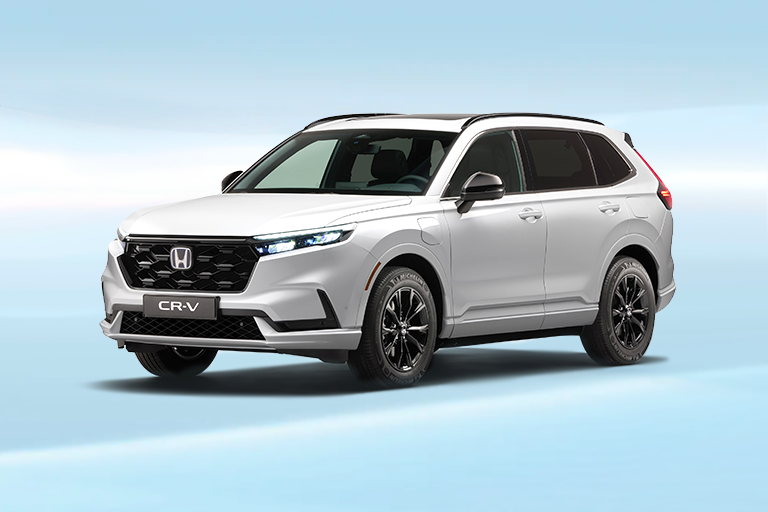The drive toward electrification in the automotive industry is gathering pace, with the European Union’s ban on internal combustion engines now only a decade away. However, the increased use of electric vehicles (EVs) requires ever greater demand on energy infrastructure, with ever greater numbers of drivers needing to plug-in and charge-up.
Yet, through the use of intelligent charging, it’s possible to both balance the grid and open up opportunities for users to charge more cleanly and efficiently. Through its pioneering research and the development of its innovative e:PROGRESS charging app, Honda is at the forefront of these technologies, as the company’s General Manager of R&D Europe, Michael Fischer, explained when he was invited to take part in the recent Financial Times ‘Future of the Car Summit’ last week.
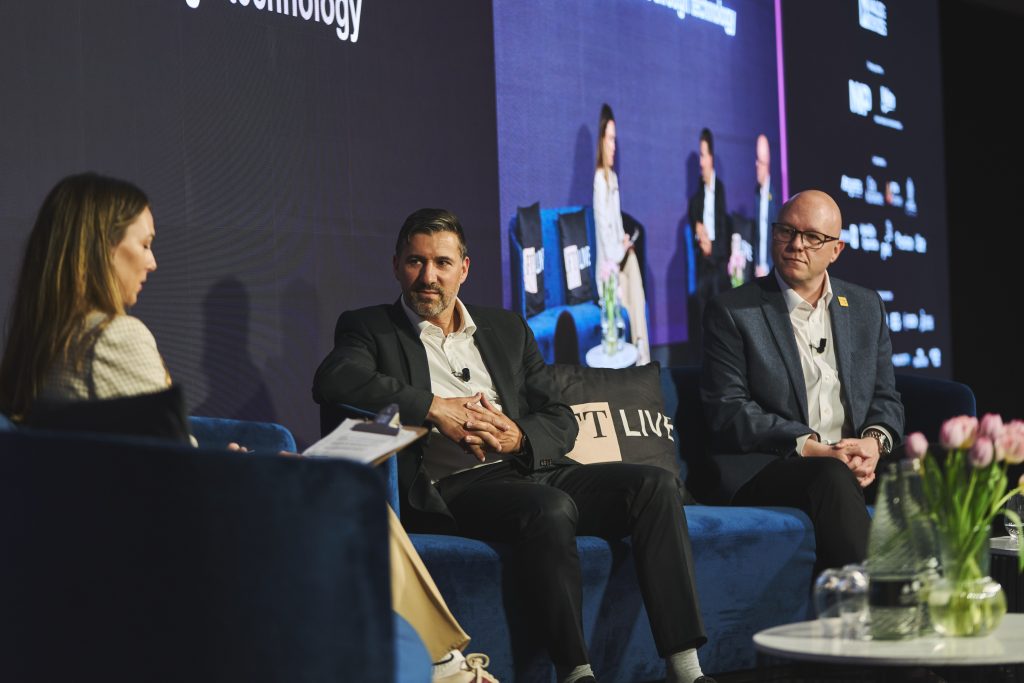
“There are a lot of opportunities during the parking and charging time. Of course you can quickly charge, that’s no problem, but the clever way is to use this downtime for intelligent charging, which means you can save or even earn money during this period. If you ask users, ‘when do you actually need your vehicle?’ we can then schedule the charging accordingly. This doesn’t even require bi-directional charging or grid access because you can do it with relatively simple but comprehensive software”.
Proof of this is Honda’s e:PROGRESS app, which is currently available to customers of the brand’s plug-in vehicles in the UK and Germany. Controlled by an intuitive smartphone app it uses the customers’ preferences and tariff information to intelligently charge based on times that are most cost effective, with annual savings for UK customers of up to £2,000 possible (equivalent to €2,350).
Equally, drivers can reduce their carbon footprint by choosing to top-up their vehicle’s battery when the grid is using the greatest proportion of renewable energy. Additionally to that, charging can be scheduled to optimise the usage of own produced solar power if available at the customer’s house.
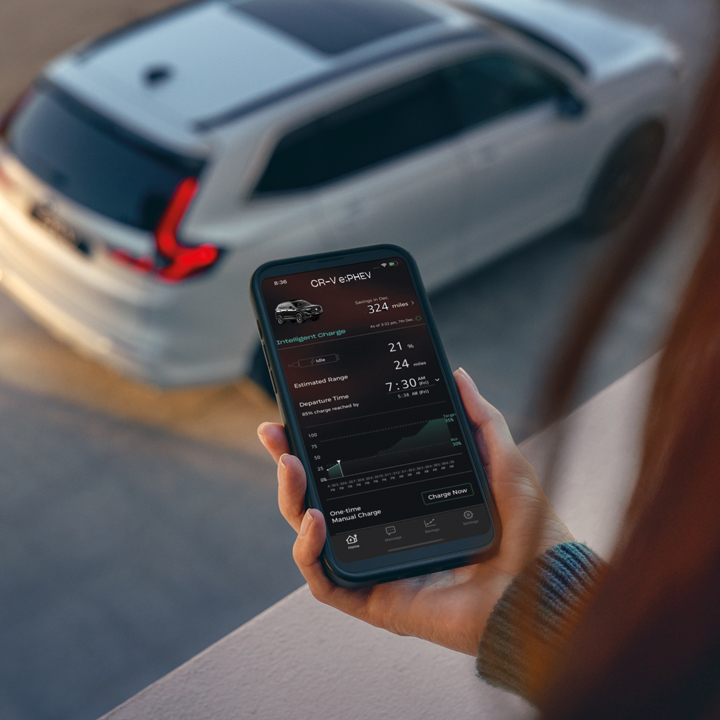
Honda Smart Company
Yet for Honda, this is just the start of the process as it investigates even greater integration between the car and the energy provider. At the company’s European R&D HQ in Offenbach, Germany, it has set-up Smart Company to study in practical detail, the possibilities of intelligent and bi-directional charging.
As Michael explains: “This is an energy test bed where we can try all sorts of smart charging and grid interactions. Together with electricity providers, we are already starting to demonstrate that all these intelligent charging opportunities, including vehicle to grid (V2G) are technically working. Using an app, a dedicated website page or terminal inside the lobby we can ask our associates, ‘When do you want to leave the company with your EV and how much battery charge do you need?’ Based on this information, we create an individual schedule for each of the EVs to make sure they are charged when they want to go home. So, we find the best time to minimise peak grid use and to make the most of our own solar energy. These vehicles can also feed into the grid if we have surplus electricity.”
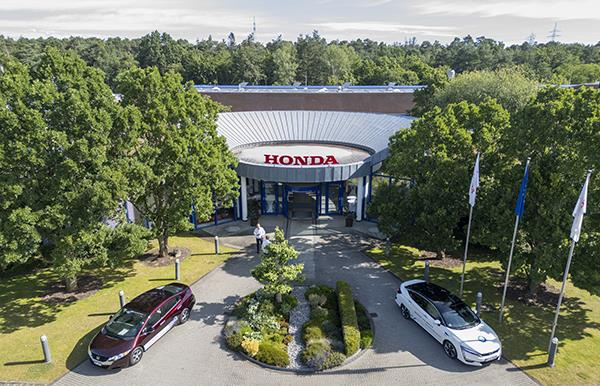
V2G – the benefits and challenges
However, while V2G presents many opportunities for creating smarter, cheaper and less carbon intensive charging, which also helps to balance energy demand, there are still challenges ahead. In addition to Smart Company, Honda ran an extensive trial of bi-directional charging in Switzerland, where it supplied 50 vehicles as well as bi-directional DC-chargers to a car-sharing service.
The idea behind the study was to discover how easy it would be to generate revenue from both mobility and energy. Essentially, the vehicles provided income for the users when they are being requested for transportation, then also created revenue when plugged-in with intelligent bi-directional charging allowing surplus electricity to be sold back to the grid.
Yet while the trial was technically successful, there are still some hurdles to overcome before it becomes commercially available. “We basically found out that today there is no business case because charger costs, platform costs and also the regulations are actually making it too expensive and you cannot generate enough revenue,” continued Michael. “But considering the future regulations with a more harmonised system across Europe, we forecast that there can be a business case in future.”
The Future
As ever, Honda believes the future of these technologies must involve a more collaborative approach, that brings benefits to society as a whole and joy to the individual customer. Much more than just providing a car, Honda is committed to delivering a complete mobility solution that can help it to achieve zero emissions from all products and corporate activities by 2050.
“Our belief is that it will no longer be enough in the future to just put an electric car to the dealer and then just do the same business model as we have done in the past,” says Michael. “We need much more and to work together with all the stakeholders. We need to provide to customers the total solution – not just the vehicle and the charger, but also all the services around it. The most important benefit of this will be on the social level, because by using the electric fleet and smart charging more effectively means greater use of renewable energy, and that is a huge benefit for all of society.”
